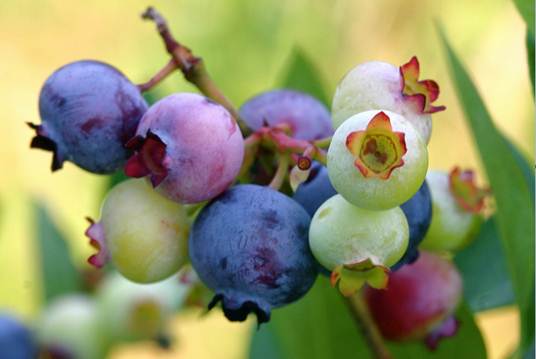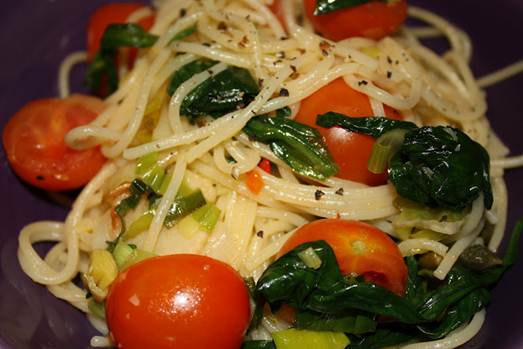Edible ecosystems
Paradoxically, it may be that reataurants
are doing most to, devlop these rules of conduct. The new wild food recipes use
very small quantities of their ingredients. The ways in which they are cooked –
often using high technology to frost, compress, vacuum-seal or rapid-pickle –
are desgned tos highlight flavours and inspire reflection on the natural
world’s inventiveness, not invite us to pig out.

“Blueberries
surrounded by their natural environment”
Simon Rogan’s pairing of lightly smoked egg
yolk with sprigs of rock samphire is a revelatory expliration of the experiece
of sulphurousnee in nature. Rene Redzepi even conjures up miniature ecosystems
in his dishes. “Blueberries surrounded by their natural environment” evokes
autumn heaths, with scoops of spruce and bilberry ice cream in a salad of wood
sorrel anf heather tops.
I think I’d be straying into the
gastronomic equivalent of Pseud’s Corner if I were to call dishes like this
works of art. But they have much the same intentions as landscape art, to
encourage us to experience and think about the variety texture of the wild,
rather than simply satisfy our hunger.
Wayside gourmet treats
I find that I have drifted this way myself,
by evolving into a wayside gourmet treats. Sun-dred English prunnes from a
damson bush strimmed while it was in fruit. A single wild blackcurrant santched
from a Norfolk Broads banjside as our boat slipped past. Wilding apples, sprung
from thrown-away cores and bird droppings, are a favourite.

genetic
diversity It is not known when the plant was first
These Delices catch all that’s exhilarating
about foraging: a sharpness of taste, place and season, and echoes of the vast,
mostly lost, genetic diversity of cultivated fruits.
I’ve found apples that tasted pf pears,
fizzed like sherbet and smelled of quince, and still dream of chancing on a
descendant of the lost Reinette Grise de St Ogne, with its lengendary fennel
savour. On doesn’t need a bushel to get a thrill from that kind of discovery.
The 1930 fruit gourmer Edward Bunyan,
meandering through his gooseberry patch and plicking the odd serendipitous
berry, spoke of the pleasures of “ambulant consumption… the freedom of the bush
should be given to all visitors”.
The freedom of the bush: it’s a liberty we
should all enjoy, but also respect.
Create your own foraged feast
Why not try this gourmet tasting menu
using seasonal foraged ingredients, created by Simon Rogan of L’Enclume.

A
foraged feast
The Menu serves
four
Starter: mew potaoes with fat hen and
os-eye daisies
Main: grilled bulrush, hen’s egg, coastal
herbs and black mustard
Dessert: poached Japanese knotweed with
crispy oats and elderflower
Your recipe for grilled bulrush
·
16 x 10cn bulrush shoots
·
250ml water
·
250g grapeseed oil
·
30g fennel seeds
·
30g coriander seeds
·
120g coastal herbs (sea purslane, sea beet, sea
aster, sea blite or sea kale)
·
50g butter
·
100g black mustard leaf
·
Vinegar
·
4 x hen’s eggs
·
1 star anise
·
Salt and pepper
1. Separate the outer leaves of the bulrush shoots from the core.
2. Remove the inner core bu pulling it from the base, and peel its
outermost layers until you reach the soft edible part.
3. Boil the water with the oil, fennel anf coriander seeds, and add the
burush. Simmer until tender. Cool in the liquor, and grill when cool (a
barbecue is ideal).
4. Meanwhile, cook the herbs in butter and a splash of water, and season;
do the same for the black mustard.
5. Now poach the eggs in plenty of water with a touch of vinegar.
Remove from the water anf drain.
6. Divide the mustard leaves between four bowls, the place a poached
edd on each, followed by four bulrush shoots.
7. Scatter with the herbs and some of their cooking liquor.